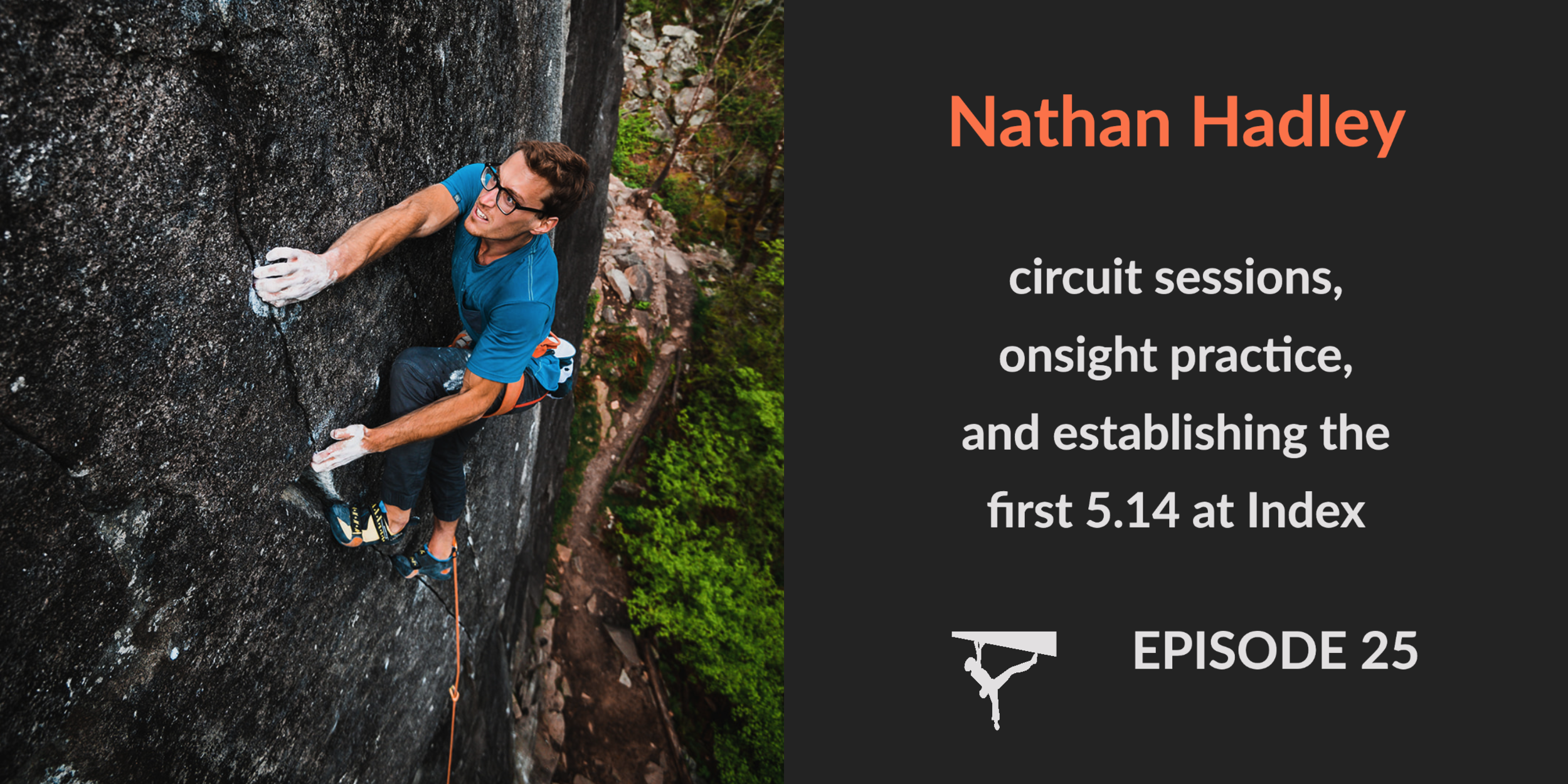
En Passant (5.14a FA), Index, Washington. Photo by Andy Wickstrom.
Interview with Steven Dimmitt
I had the chance to sit down with Steven Dimmitt to talk about my approach to climbing. Steven started The Nugget Climbing Podcast earlier this year, and it’s already taken off. He’s a natural at asking thoughtful questions. He sees himself as “the curious person” and wants to share that curiosity through this podcast. I felt like I was able to share what motivates me quite candidly with him. Little do you know that he is also quite a skilled rock climber! Humble dude. Check him out!
Here’s a link to the episode shownotes.
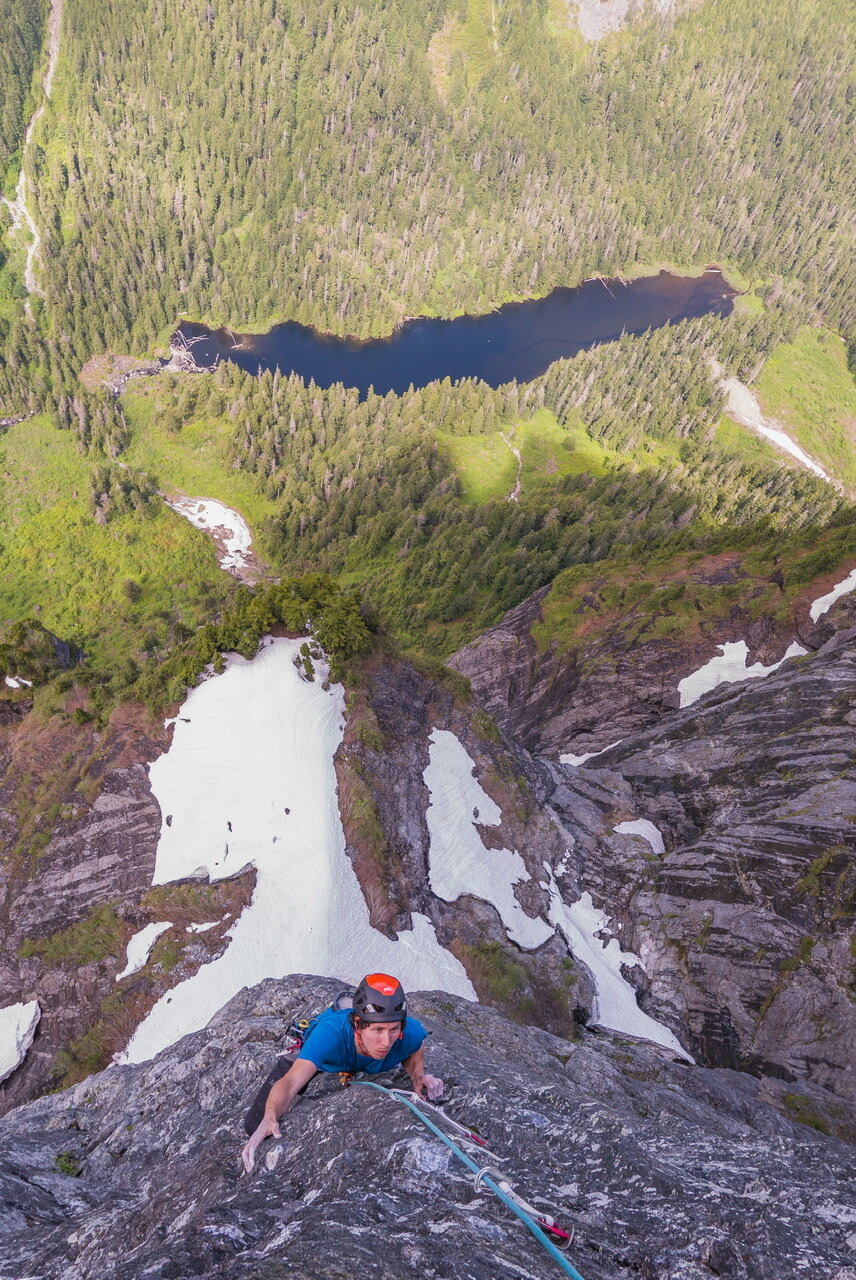
Mike Kerzhner on Vanishing Point (5.12 VI), Dolomite Tower, Washington.
Training Using Circuits
A circuit is a group of boulders designed to create a certain experience. In a competition, a circuit of 4 or 5 boulders is designed to separate the competitors, find a ranking, and to produce an exciting show for spectators. In a climbing gym, a circuit usually represents a diverse group of boulders of approximately the same level or grade. Outside, there could be a “highball” (tall boulder) circuit or a “5-star” (classics) circuit, for example. A circuit could be anything.
Circuits were invented in the early 1900s in Fontainebleau, France, as a way to train for mountain climbing. Transportation to the mountains was not as quick and easy as it is now so the Parisian mountaineers needed a way to train locally. Problem was that they only had access to little boulders! Nobody “bouldered” like we do today—it was all about getting to the summits of high mountains back then. Climbing boulders was silly and pointless until someone discovered that they could be useful for training. They figured out that using a marked group of boulders, usually 40 to 60 in length, climbers could move through them and roughly replicate the sustained effort required to climb a mountain.
Bouldering has since evolved quite a bit and so have the ways and varieties of using circuits. Just like bouldering V-grades, circuits are a tool to guide climbers. But circuits have become obscure in favor of pushing grades. Circuits take a step back from grades and focus on the experience, and ask helpful and fun questions like: Are you well rounded across many styles? Do you have enough endurance? Can you just enjoy climbing for a moment without trying to achieve a certain grade?
I want to show you here how to maximize the use of the circuit tool. The creation of a circuit experience does not only belong to guidebook authors or routesetters. You are a co-creator. In this document I will specifically focus on how you can create and use circuits for your physical and mental training.
Endurance Circuits
This is where it all started: mountaineers needing to replicate the endurance effort of climbing a huge wall using a bunch of tiny boulders. The endurance circuit is the original circuit. For multipitch and big wall climbers, the benefits of doing endurance circuits are obvious. For sport climbing, endurance training, like strength and power, is an essential building block that can be trained year-round.
Endurance training improves you aerobic capacity, which for climbers means your ability to climb at a higher grade without getting “pumped.” This means you’ll spend less time in the “red zone,” the anaerobic ticking clock. When you’re in endurance zone, you can pretty much go forever.
Endurance circuits can be done in less than an hour with little to no warm up, like going out for a run. They provide similar benefits to running and other cardiovascular activities, but with the specificity to climbing. If you’re getting pumped training endurance, you’re no longer training endurance, but power-endurance. You should be climbing at a low intensity on boulders you never fall from. Start with 30 boulders and progress toward 50-60. You should be doing a boulder every 30-60 seconds. The shorter the rest time, the better. You should feel like you’re continuously moving, like going out for a run!
Use the Bouldering Project specific Circuit Assessment at the end of the document to estimate your endurance circuit. If you don’t climb at a Bouldering Project, take the grade you consistently climb in 1-2 tries and climb boulders in the 3-grade range 1 to 3 below. For example, if you consistently climb V4 in a couple tries, you’re endurance circuit is likely V0-2 or V1-3. If you usually climb V7 in a couple tries, try a V2-4 or V3-5 circuit. If you’re new to endurance training, you may have to go lower. If you are climbing the circuit properly, you should not accumulate a pump. At the end of the circuit, you should feel a bit fatigued, but not pumped. Error toward climbing easier boulders.
Power-Endurance Circuits
Power endurance (PE) is often what we feel to be lacking on a sport route. Our forearms feel like they are going to burst and sometimes we can’t even hold onto jugs! Training it extends the “ticking clock” I referred to earlier and improves your ability to deal with a pump.
PE is unique because unlike strength, power, and endurance, it can only be increased for a short amount of time before continuing to train it does close to nothing for you. The best way to deal with the PE problem long-term is actually to make holds feel better (strength training), the moves easier (power training), and to increase the level you can climb without starting to get pumped (endurance training). Because of this, I recommend training these three systems year-round, and only training PE when you really need it. It only takes a month of consistent PE training to reach a “peak.” When I know I’ll need PE for a competition, a climbing trip, or for the fall season climbing locally, I’ll do 3-4 weeks of training to ramp it back up. You can maintain peak PE for a bit, maybe 2-3 weeks, but after that it will naturally ebb and flow. It’s best to accept and roll with this natural rhythm.
There are many ways to train PE. Too many, in fact. I’ll focus here on two circuit-based methods. The first method looks pretty similar to the endurance circuit, but with harder boulders and a bit more rest. The grade range should have an upper limit of the grade you consistently climb in 1-2 tries. If you are a consistent V5 climber, climb a circuit of V3-V5. Your rest time should be about 1 minute between boulders. Once you hit 3 tries, move on. In total, you should climb 20-30 boulders.
The second method is an interval method that I created for my needs as a sport climber. I took the 4x4, a well-known training method, and adapted it into a circuit. Usually for a 4x4 you choose 4 different boulders that are sustained in nature (overhung and not cruxy), with minimal low-percentage moves (no dynos, no bad feet, no stabs to slots, etc.), and you rehearse them into submission. Then you climb them back-to-back with no rest. Take a rest for about as long as you were climbing (usually 2-3 minutes) and repeat. Basically you are attempting to isolate the physical by controlling for the mental and technical. Because of this, you get a great workout, and 4 sets is usually plenty because the intensity is so high.
I think 4x4s are great, but I prefer making a spray wall loop of 20-30 moves because I can control the variables even more and take rest between boulders out completely. When it comes to climbing on actual set boulders I prefer the method that I created because it targets mental, physical, and technical skills all at once, just like real rock climbing does. The goal is to climb a circuit of 20-30 boulders in chunks of 3 or 4 at a time. Rest time is exactly like a 4x4: no rest between boulders (chalk up only) and a rest equal to climbing time between sets (2-3 minutes). If you do it with a partner, you can use each other to time your rest. While your partner is climbing their 3 or 4 boulders, you rest and cheer them on. As soon as they are done, you start your next set. Because you’ll be moving through the whole gym or climbing area, you’ll end up on some slabs, sometimes climbing problems you’ve never seen, and sometimes trying low-percentage boulders with bad feet right at the start. So you’re going to fall. Before you start, decide if you’re going to allow yourself 1 to 3 tries per boulder. I find it best to allow up to 3 attempts if the move you fall on is low to the ground. If I fall near the top of the boulder and felt like it was a good attempt, then I’ll move on. Because the physical intensity varies with the change in wall angles, you can do more sets than you would with a 4x4, up to 10, but generally around 5 to 8.
I can’t stress how important it is to value developing mental and technical skills in your training. Climbing is a skill-based sport more than it is physically requiring, even though it feels very physically requiring (it’s a trick!). That’s one reason we find it so fun: because of how varied its requirements are. The reality of outdoor (and modern competition climbing) is that there are awkward moves and weird feet. You need to be able to make quick and confident decisions when your body is screaming at you to let go. With either of these methods of PE circuiting, the question is equally about whether you can keep it together on the slabs, through the complex sequences, and across all climbing styles as it is about holding on. Sounds like rock climbing, right?
One-Shot Circuit
The one-shot circuit shifts the focus even more from physical to mental. Can you perform on the spot with only “one-shot?” Can you quickly respond to what the boulder requires of you? If not, then sorry, attempt wasted. You don’t get another.
I love the one-shot circuit because it feels like you’re putting something on the line with the 1-attempt limit. Its playful. It forces you to slow down and ponder the boulder before getting on it. What will be required? How does it climb? At what sections will I have to apply more foot pressure? When will I have to try really hard?
Visualization is a helpful tool when it comes to performing on the spot. It is best to imagine yourself in the first person (not third), and try to replicate how you’ll feel as closely as possible. What parts of your body will tense up? What emotions will you feel? Try moving your body and arms on the ground in the way you think you’ll have to move through the boulder. If you’re climbing with a partner, talk through the boulder with them before getting on it. The more details you can recreate in your mind, the better. And imagine success! I’m not encouraging over-confidence, but if you don’t actually believe you can do something, you’re chances of doing it are low. Be realistically optimistic. Many people ask me what you do if you’re wrong about how a route will feel or go. The answer is you adjust on the fly: make a quick decision and execute. This intuitive skill only comes from experience. So climb more and in new situations often.
The ideal one-shot circuit will contain boulders a notch higher than your power endurance circuit. So if you consistently climb V4 in a couple goes, climb a circuit comprised of V3-V5s. You might get a gimme here and there, but you should have to fight for most of your sends. You will fall, a lot. It’s OK if you’re success rate is less than 50%. Your rest time can be as long as you need, but will likely be between 2-5 minutes. You shouldn’t get pumped because you want to be able to perform at your best for every boulder. You’ll probably want to attempt around 20-30 boulders.
Limit Circuit
With this last circuit we’ll have spanned everything you need to train to become a better climber. A limit circuit is just a structured way to project and try a group of hard boulders. The purpose is to try, and fail, on hard moves. The limit circuit could be done at your
“redpoint circuit” or “project circuit” levels (see Circuit Assessment at the end of the article). You should attempt 5-10 boulders and attempt each 3-5 times. Because you will only climb a handful or so of boulders, you can focus on wall angles, climbing styles, or hold types that you need to work on. You could create a hard slab circuit, a dyno circuit or a sloper circuit.
This limit effort is the key to building strength and power. Strength refers to our ability to hold on to a hold and can be specifically trained on the hangboard. But targeting weaknesses like crimps or slopers through bouldering is possibly just as effective because of the additional movement skills you will pick up by doing real climbing. Just try hard boulders with the hold type you are weak at. Power refers to our ability to move between holds. The only way to effectively train power is by…moving between holds. This is bouldering. Overall, it is more beneficial to train strength and power through bouldering than by doing off-the-wall exercise like weighted pull-ups, hangboarding, and campusing. For very high level athletes looking for small gains, these exercise can be important, but for the rest of us, it’s probably better to spend our limited time climbing.
To conclude, I have attempted to give general guidelines and loose boundaries to create your own circuit experience. Below is a Bouldering Project specific Circuit Assessment that can be easily adapted to other gyms. Simply circle the percentage range of boulders you can climb within a given circuit and check the key at the bottom. Be creative, use your intuition, and have fun!
Circuit Assessment PDF
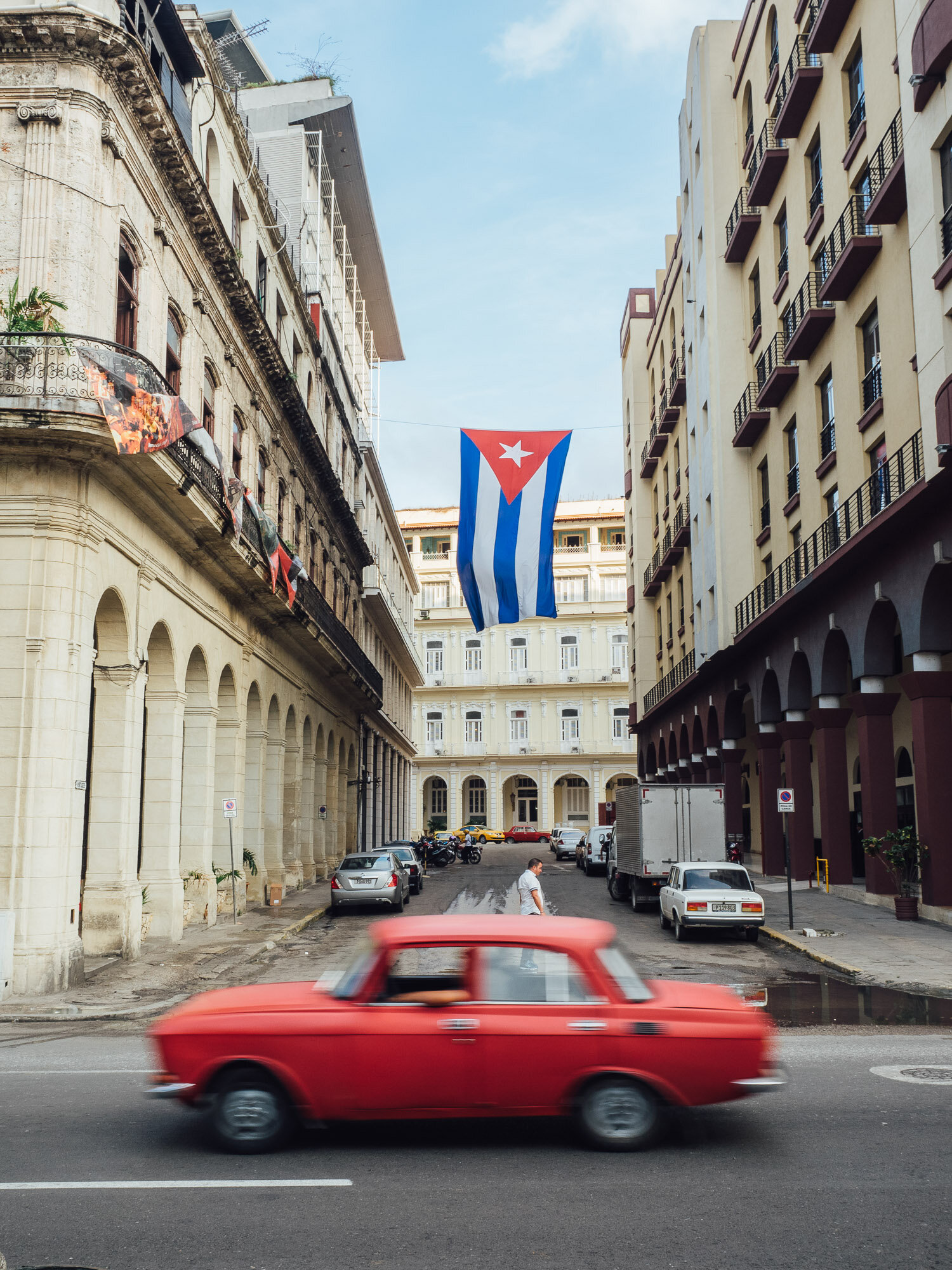
Cuba
I visited Cuba with my wife, Liz, and brother, Luke, in January. We spent two weeks climbing in the paradise of Viñales. Here are some impressions from our trip to this fascinating country!
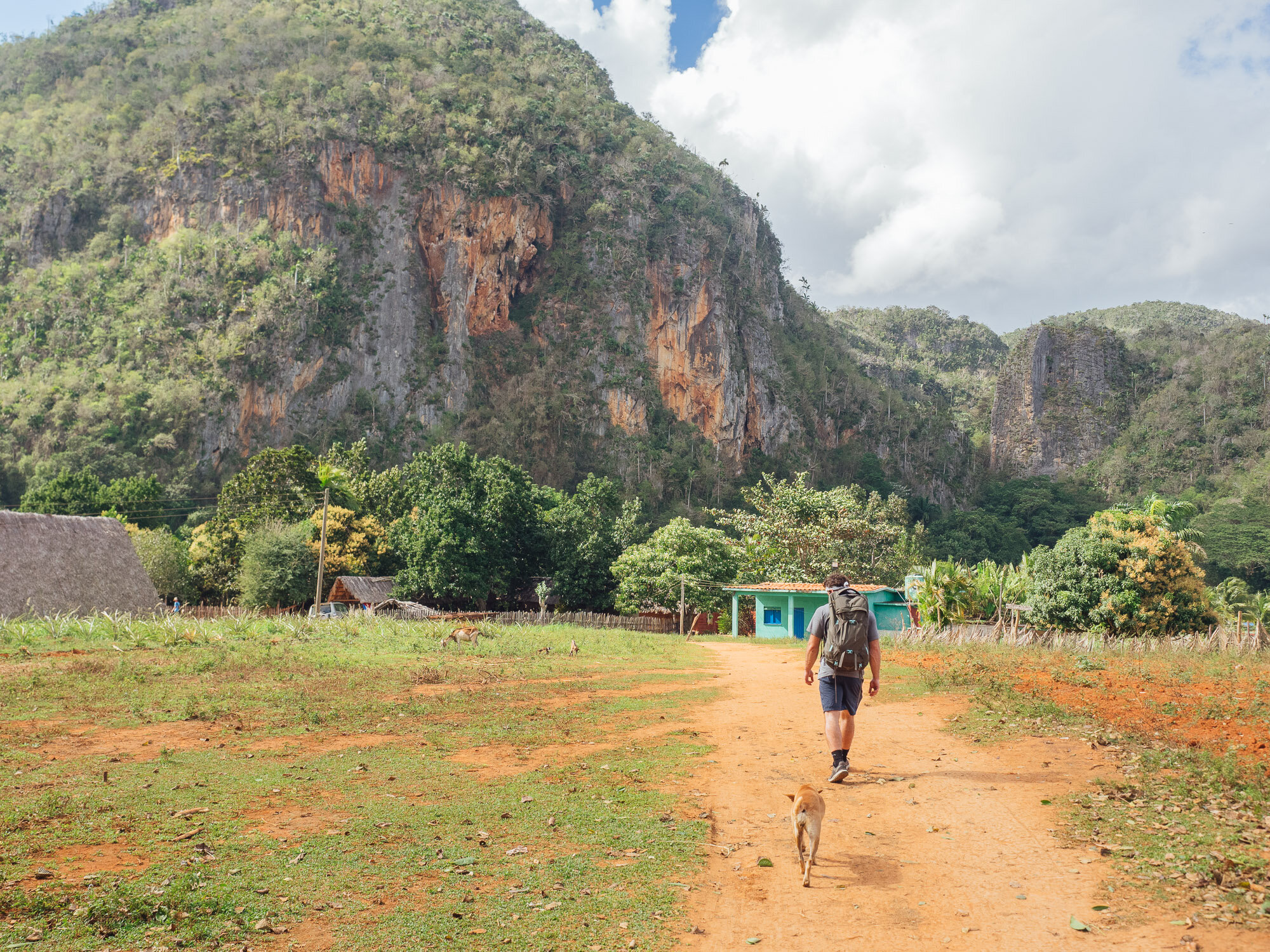
Luke approaching the cliffs through Raul’s farm. Raul was one of the earliest supporters of climbing in Viñales.
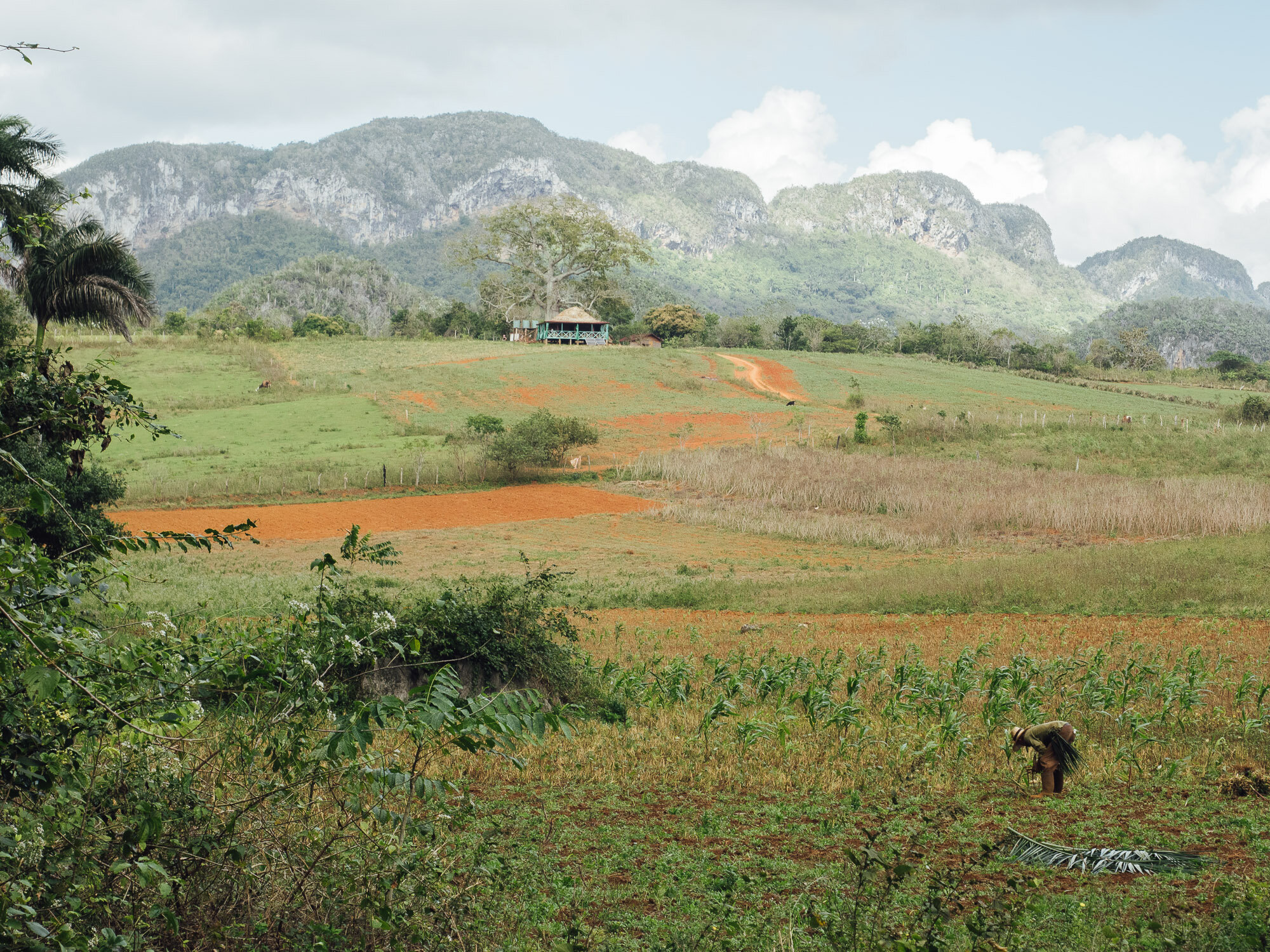
Tobacco farmer. Pretty sure he’s smoking a cigar. This scene felt set up!
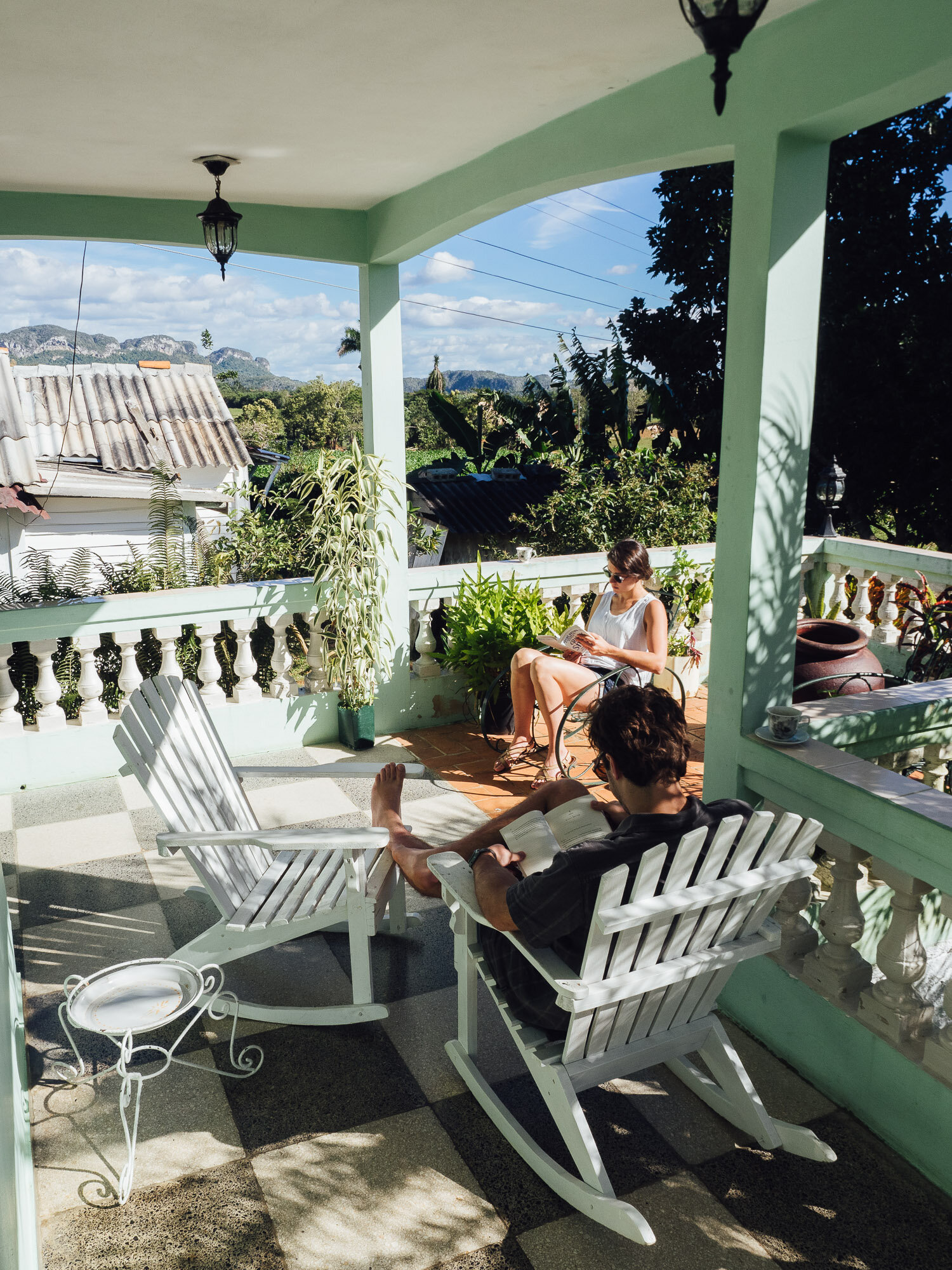
Resting at our casa particular.
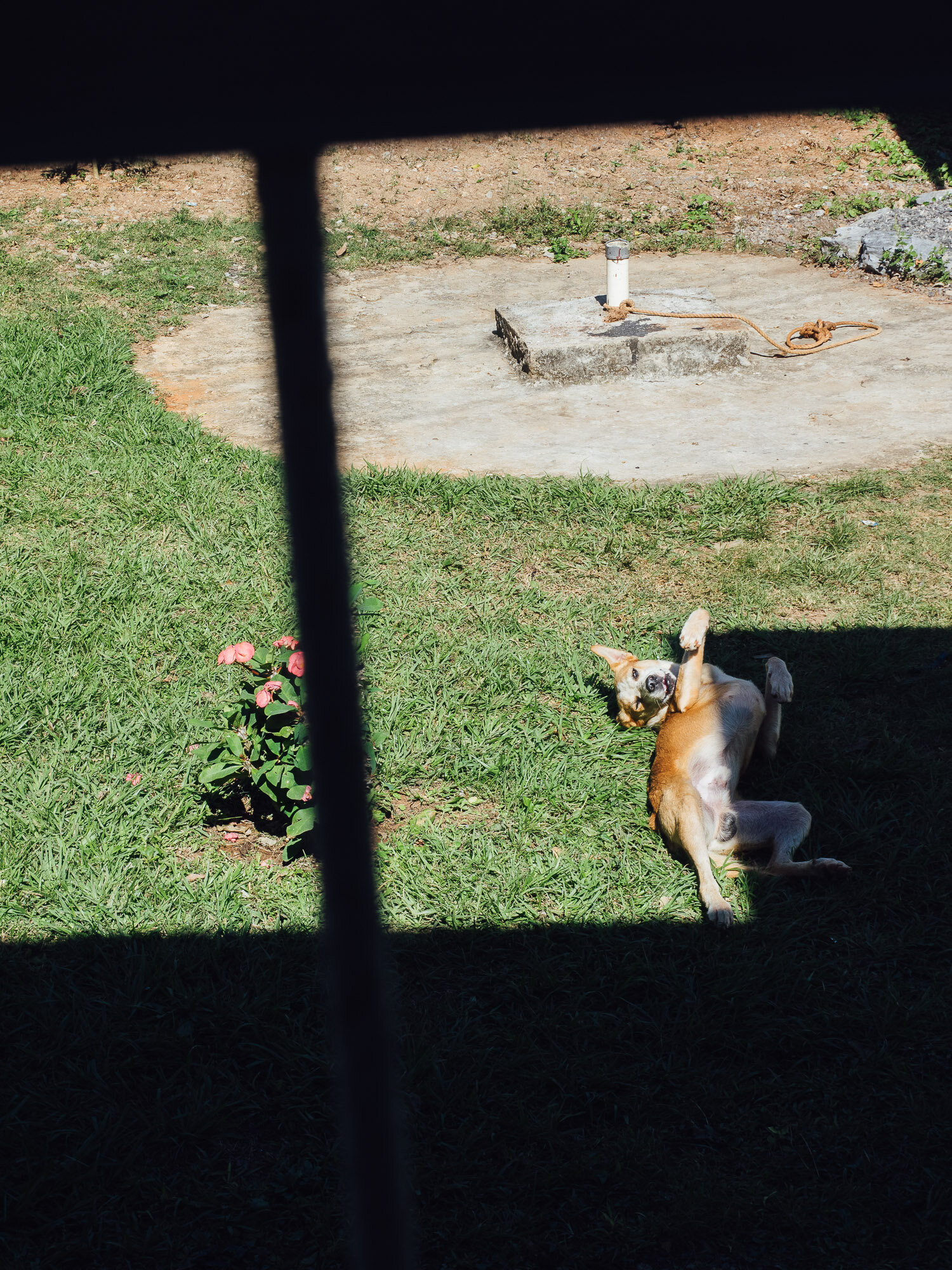
Our host family’s dog, Papi.
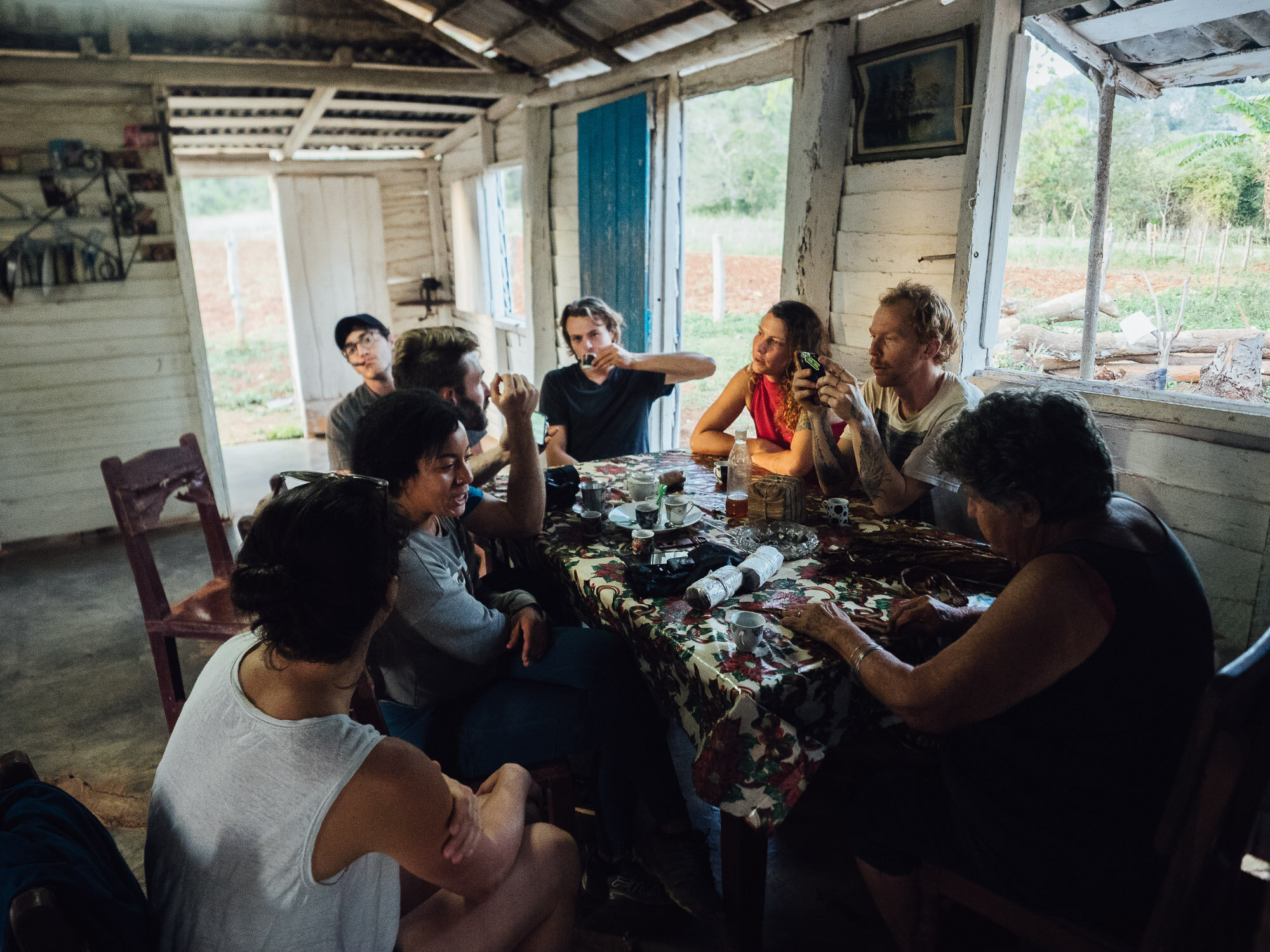
Clara rolling a cigar for the young American climbers. Clara’s farm is one of the few farms climbers pass through to get to the cliffs. It’s hard to pass by without stopping for a coffee or cigar!
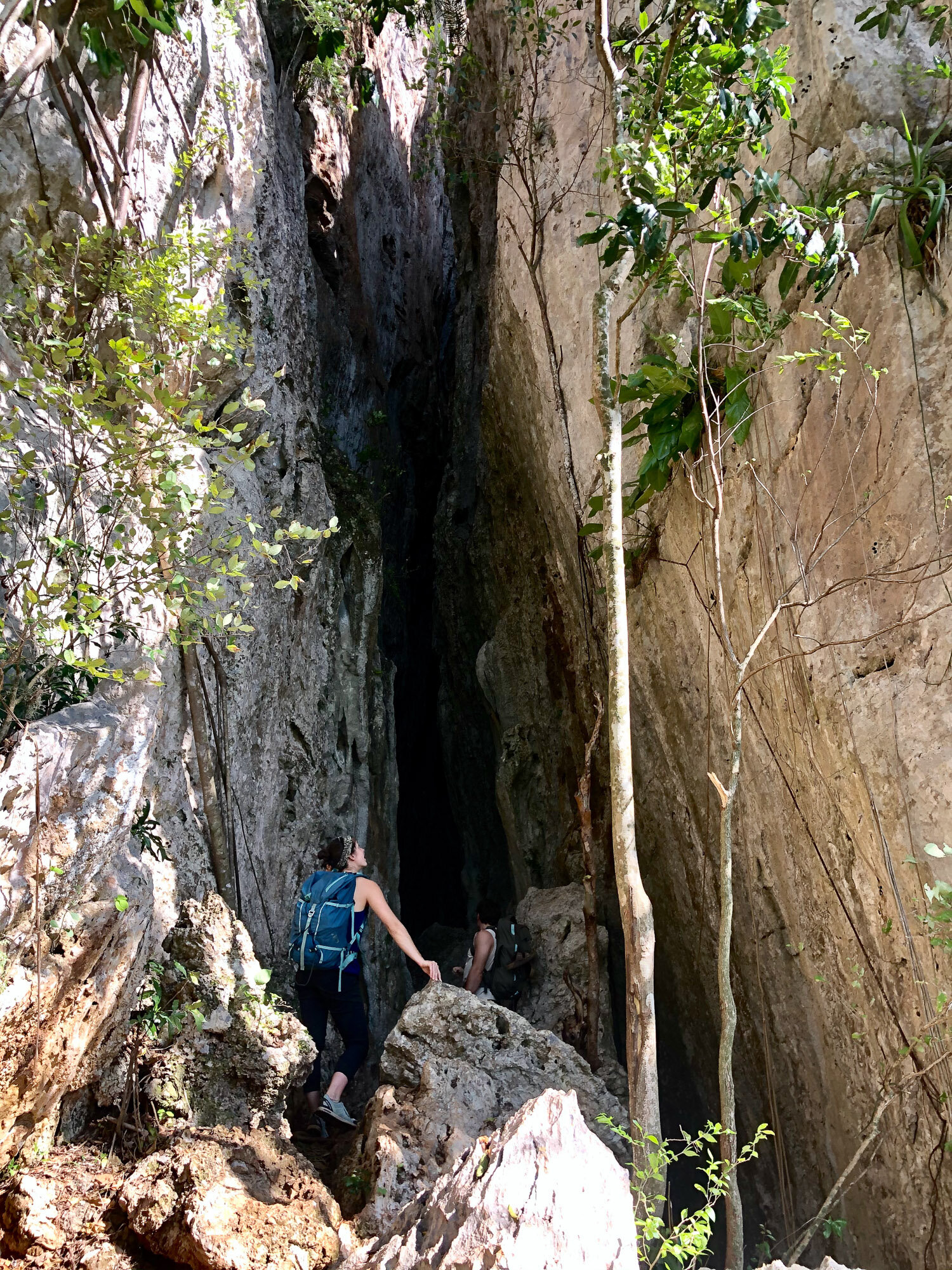
Cueva Largo. Sport routes ascended both sides of the cave!
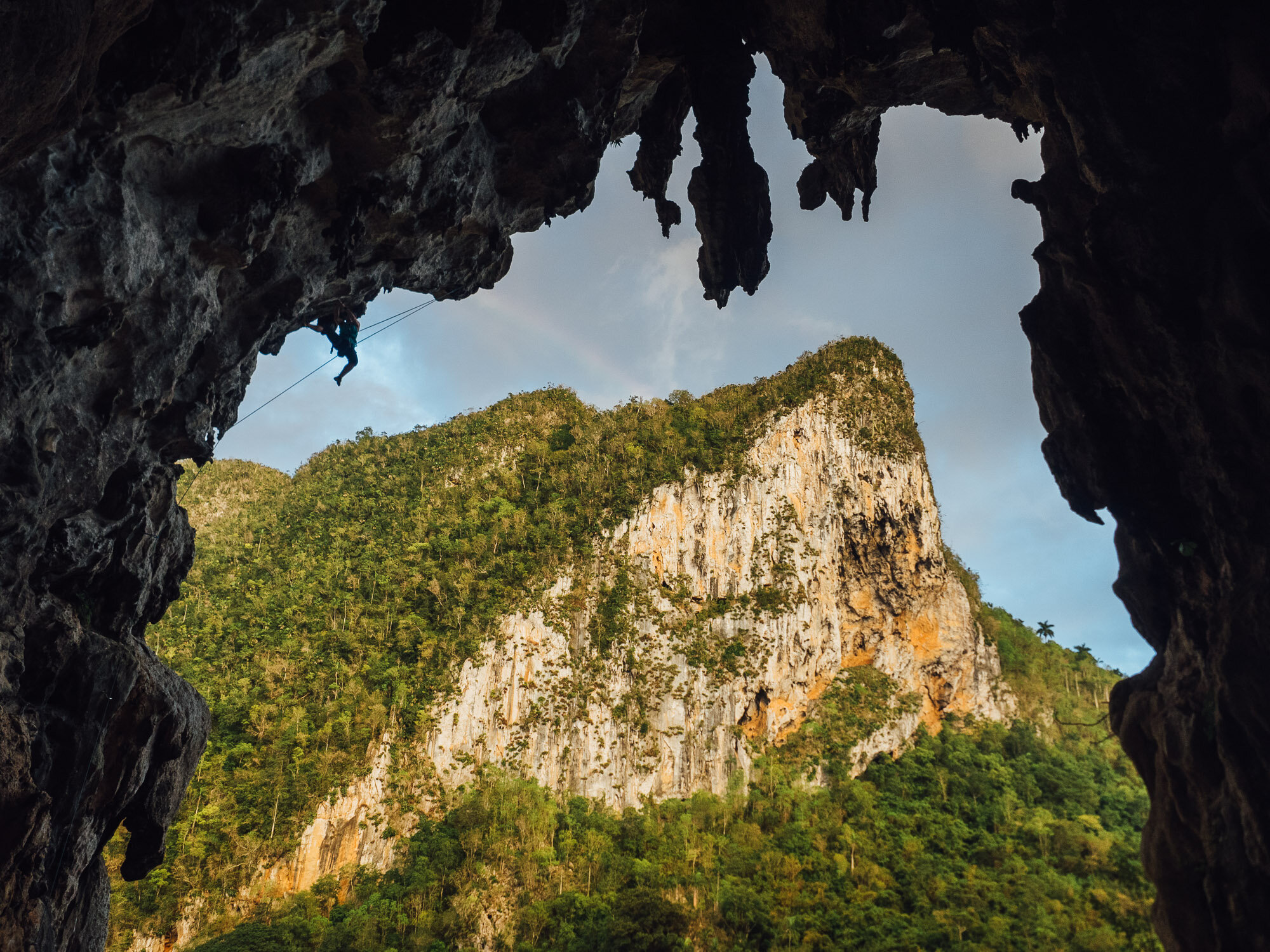
A climber cleaning draws from the steep Cuba Libre cave. The 3D climbing here was like nothing I’ve ever experienced.
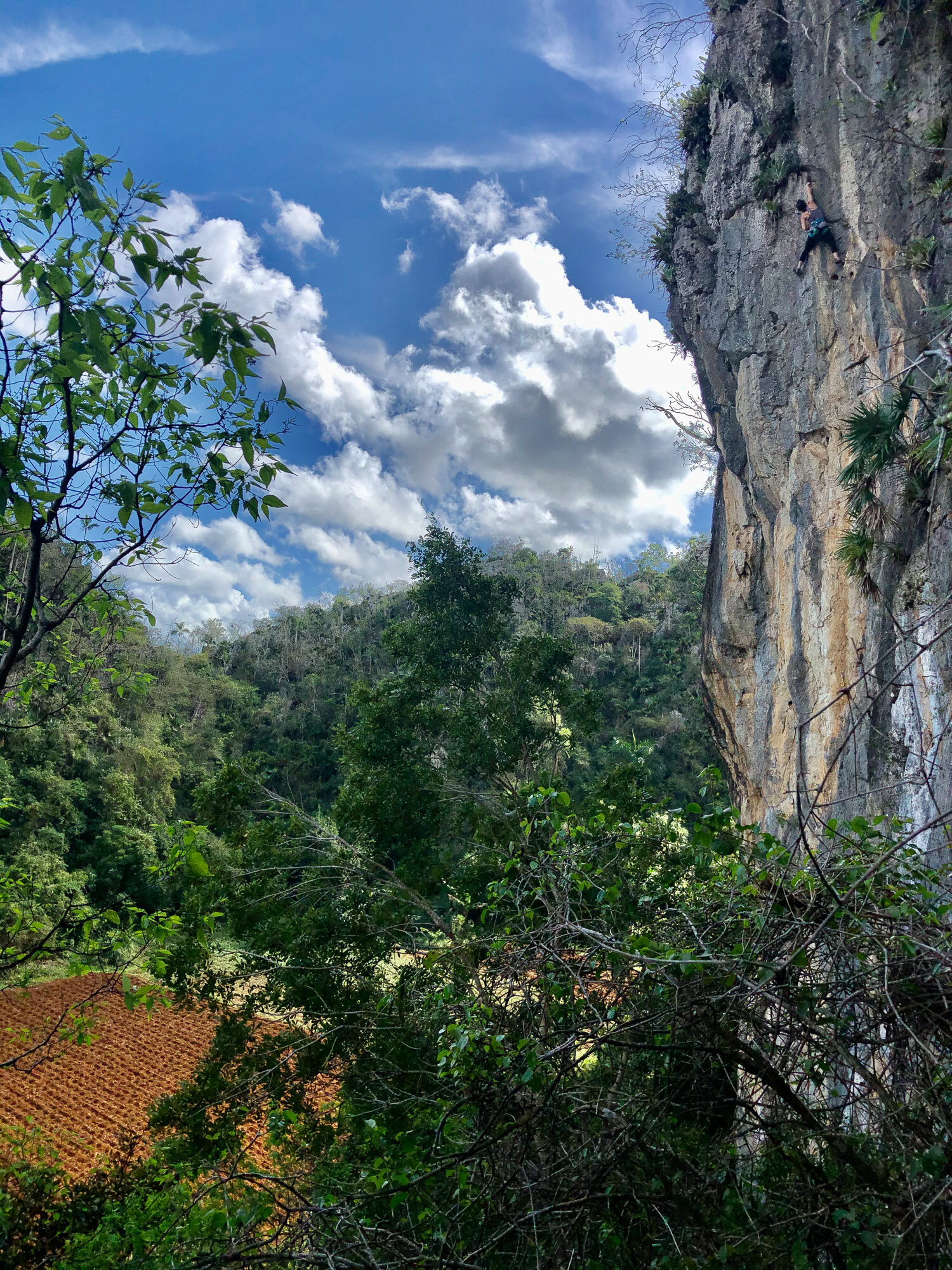
Liz on a long 7a.
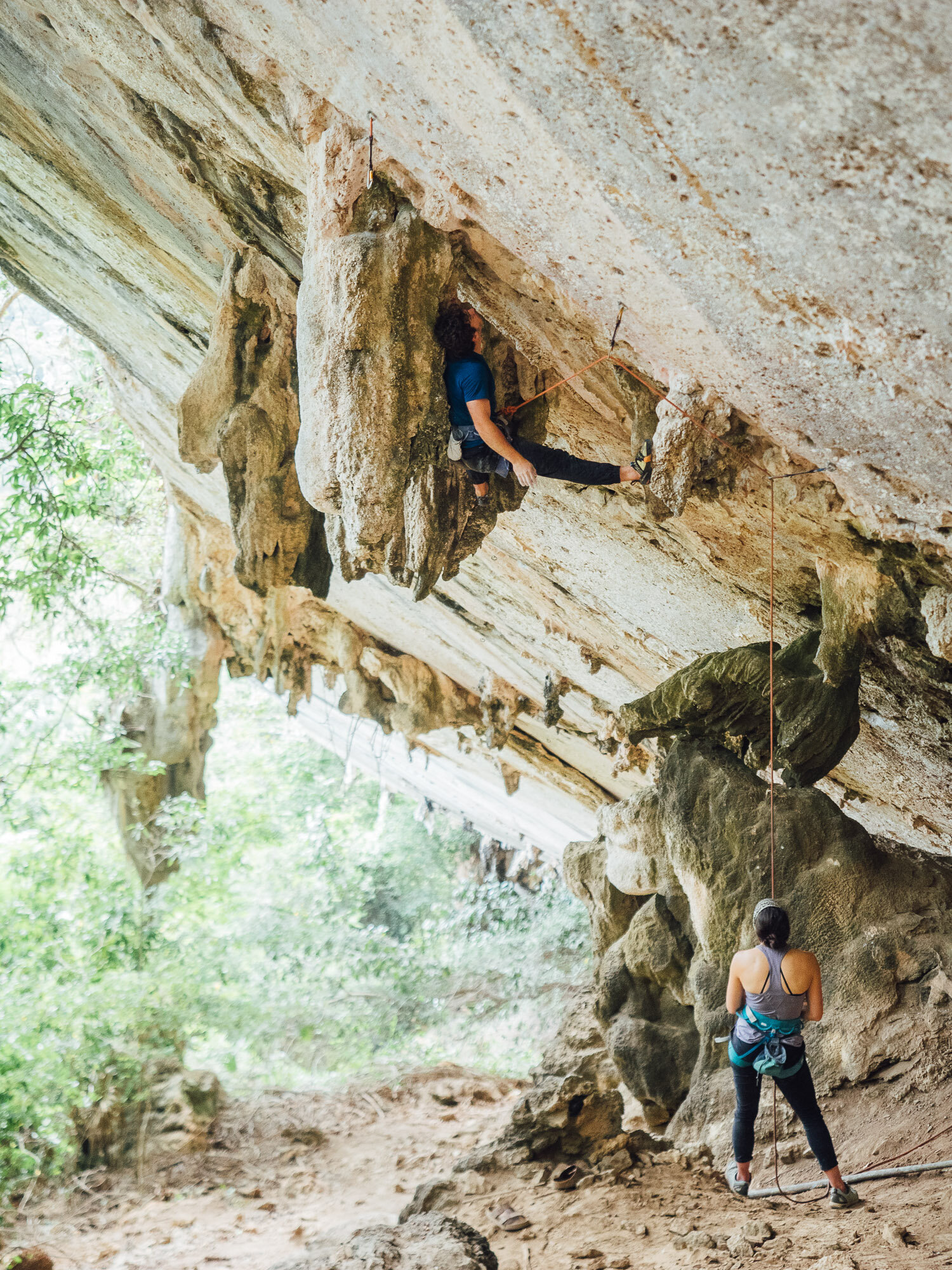
Luke navigating the wild stalactites of Techo del Mundo.
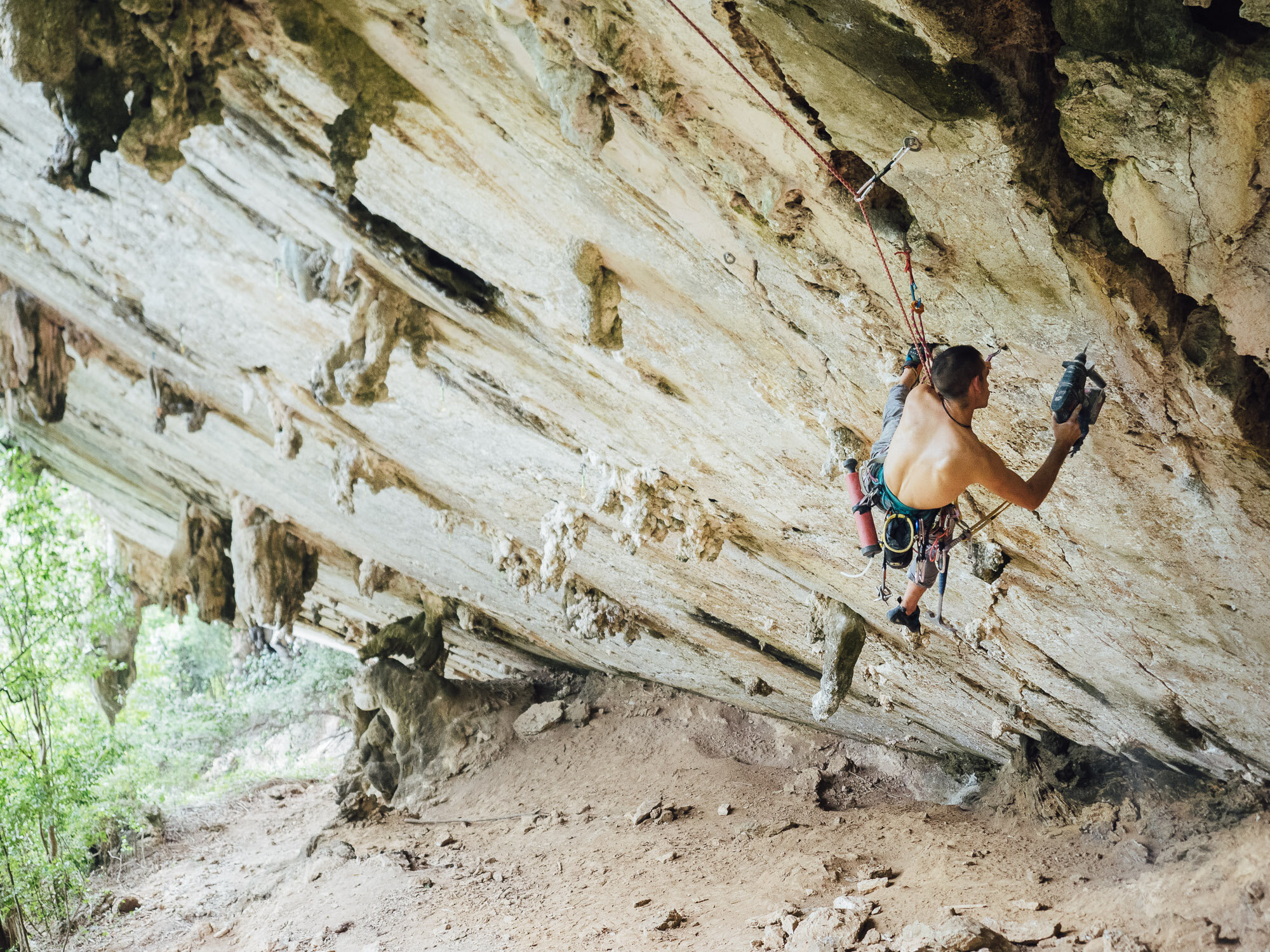
Tito, one of the main local developers, adding a new route at Techo del Mundo.
Archive
2023
Dreefee and Crystal Dawn
Rubbernecker
2022
Long's Peak Diamond
Seattle Design Festival Interview
Seeing Circuits: an Interview with the Bouldering Project
2020
Vanishing Point 2.0: A Classic Route Modernized
Interview with Steven Dimmitt
Training Using Circuits
Cuba
2019
Dark Side of Liberty
The Bugaboos
Blue Jeans Direct: The End of the Canadian Rockies Ticklist
The Path
The Shining Uncut
Castles in the Sky
Scarface
Index's First 5.14
Turkey
2018
Patagonia
2017
Dark Side of the Valley
Vanishing Point
Winter Climbing
First Route in the Alaska Range
New York Gully